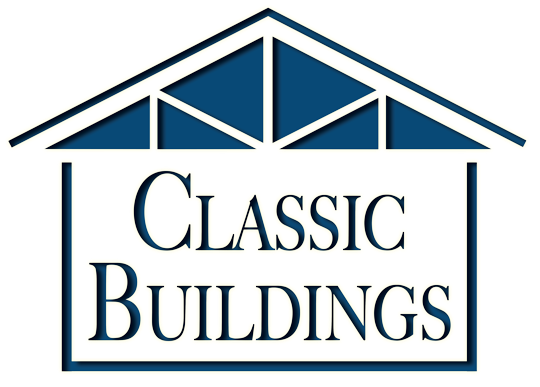Step 1: Building Design
Creating the design is the most critical step. Classic Building's in-house team carefully walks you through making the building you want with the flexibility for future expansion.
Key Considerations:
- ✔
Functionality – How will you use the building? Consider the movement of people, vehicles, and equipment inside and outside the structure.
- ✔
Future Growth – Will you need more space down the road? Plan for additional storage, equipment, or expansions.
- ✔
Aesthetics – Choose the right colors, doors, windows, and exterior finishes to match your style and branding.
- ✔
Heating & Cooling – Understand how insulation, ventilation, and energy efficiency impact your long-term costs.
Pro Tip
Take your time with design! Your initial design should reflect the possibility of expansion or other internal changes.
Step 2: Building Location
Choosing the right location to help you maximize function and efficiency.
Things to Consider:
- ✔
Does this location work for the building layout?
- ✔
Is the site convenient for accessing equipment and vehicles?
- ✔
Will it disrupt existing operations or traffic flow on your property?
- ✔
Are there trees, slopes, or other site features that could increase prep costs?
Pro Tip
Even moving your building 70 feet in one direction could reduce excavation costs and improve access. Our Project Sales Consultants will visit your site, stake your building location, and shoot grade for free to help you make the best decision.
Step 3: Building Permit
Before construction can begin, you'll need to secure a building permit from your local government.
What You'll Need to Apply for a Permit:
- ✔
Plat survey
- ✔
Legal description of the property
- ✔
Blueprints of your building
- ✔
Site plan showing the building location
Pro Tip
Permitting requirements are different in each county. Classic Buildings has been working in Indiana and Kentucky for more than 40 years, and our team is experienced in navigating local permits from Jefferson County, Kentucky, to Marion County, Indiana.
Step 4: Site Preparation
With the first three steps completed, it's time to prepare the building pad for construction.
Best Practices for Site Prep:
- ✔ Weather can play a key role in excavation. Avoid issues with frozen ground by scheduling work when the ground won't be frozen (late March to November).
- ✔ Allow time for the building pad to settle and compact before construction. A stable foundation is crucial for concrete.
Pro Tip
Building a strong, level foundation from the beginning will reduce future maintenance and create a better construction process.
Step 5: Building Construction
Watch your building come to life!
What Happens First?
- ✔
After signing the contract, your Project Manager will contact you to schedule a pre-construction meeting.
- ✔
You will review the building location and determine material drop-off points
- ✔
Our team will confirm the logistics, including equipment placement and site access.
- ✔
Our construction crew will bring the following to your job site:
- Crew truck and trailer
- Semi-truck (delivers materials)
- Gradall/telehandler
- Bobcat for material handling
- Crane for larger projects
- QLYFT system for enhanced efficiency
Pro Tip
Clear access to the job site is crucial. Make sure there's enough room for trucks and equipment to move freely.


